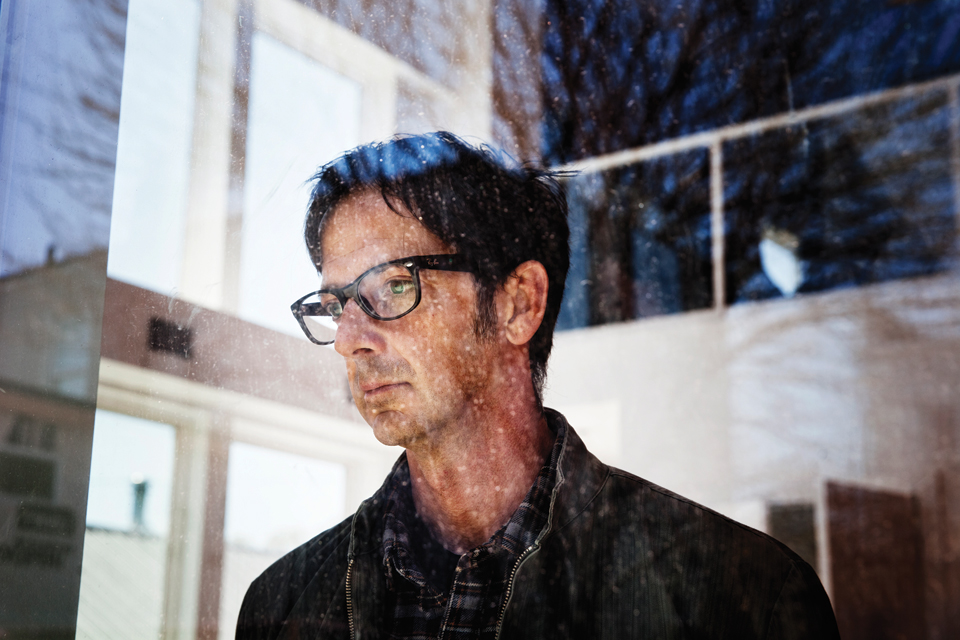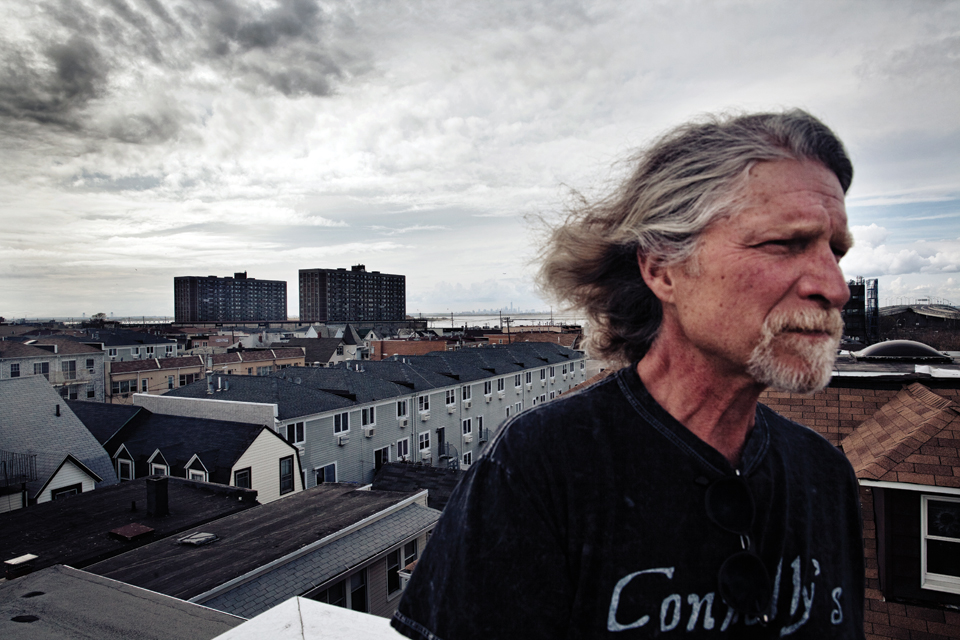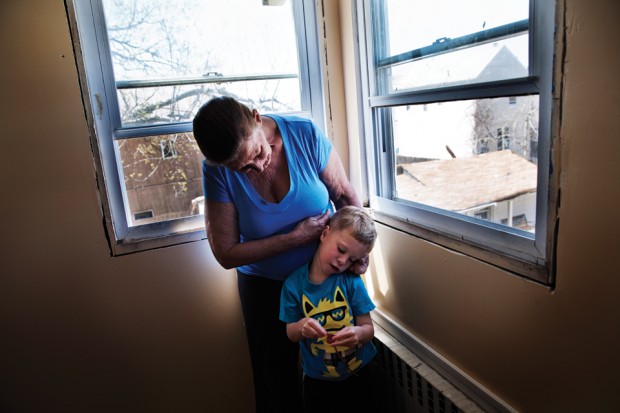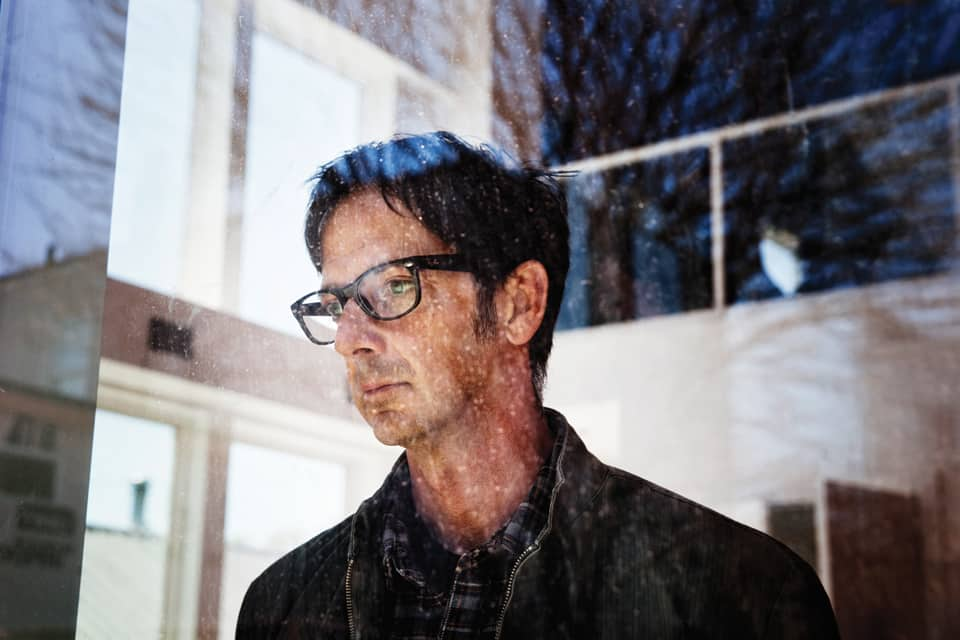
Three residents
on rebuilding
their beach
Six months ago, Hurricane Sandy slammed the coastlines of New York and New Jersey. Rockaway, Queens, located on a sliver of earth between Jamaica Bay and the Atlantic Ocean, was particularly vulnerable. Residents saw entire buildings ripped from their foundations and cars float down streets like rubber duckies. Eleven people lost their lives. When the water receded, anything below waist-level was caked in a foul mixture of sand and sewage.
Today, that mess is largely gone. Peek into a Rockaway yard and you’ll likely see someone mending a fence or installing new paneling on a home. The whine of drills and handsaws is so constant it hardly even registers. Down by the water, crews work around the clock to restore the beach in time for the massive crowds that flock there during summer, even if Sandy took the boardwalk with her when she left. To outsiders, it seems Rockaway is rising from its ashes. But who would know better than those that call this place home?

J. Scott Klossner, 49, animator
Last year, our whole street was one endless summer party. It was pretty much ideal: Venice Beach at its best. More fun would kill you. We were constantly being asked, “Anywhere you know where I can rent?” Patti Smith bought a place here. Andrew [VanWyngarden] from MGMT bought a place. For once in my life, I thought, All right, I made the right move.
The storm came in and our neighbor went out to check on someone down by the beach. He came running back and said, “Kids, the shit’s hit the fan.” We looked behind him and the water was rolling in. The sewers were blowing out. The transformers blew. I tried to drive my truck up onto the back porch to save it. It didn’t work. We got all the paintings and jewelry—all the important stuff from downstairs. But we couldn’t save any of the furniture, the antiques. Stuff like that, once it goes under, it’s gone.
For the first week you didn’t sleep. You put on masks and gloves, ripped out everything, and put it out onto the curb. We didn’t get electricity for about two months. To get your gas turned on, you had to have a plumber come out and do a compression test. Every plumber said, “Yeah I’ll do it for you. $1,500.” It’s two minutes of work. They were gouging and you were lucky if you could find one of them to do it.
It was rough, but someone else always had it rougher. A neighbor across the street was a Rockaway local from the ’30s and ’40s and she always told everyone, “Never put me in a nursing home. I want to die in my house.” She got her wish. Probably not the way she intended to go, but there was never anything all that peaceful about her. She was a pretty hard woman, as many of the locals here are.
Everyone seems to be coming back. Already, there are people surfing. I’m petrified about the next hurricane season. I won’t feel good until I either get through a couple seasons, or I see a seawall or some method of protection. If we get hit with the same storm this year, then I think we can definitively say, Yeah, we’re not coming back. No one’s going to go through this twice. I’d be like, Take the keys; I’m out of here.

Jeff Aquilante, 59, owner of Connolly’s Bar
I bought the bar with a partner in ’84, bought him out in ’85, met my wife at the end of that summer and we’ve been running the bar ever since. We live right above it. It’s a true mom and pop business.
Rockaway is technically part of the City of New York, but we are a totally forgotten community. For a while, we didn’t even have stoplights with yellow on them. It was just green and red. I said, This is something out of the ’40s or ’50s. For an awful long time, Rockaway was going down fast. Common wisdom was to get out. Move to Long Beach, move to Breezy [Point].
“When the first wave came over the porch, we instantly had eight inches
of water. The bar filled up within half an hour.”
—Jeff Aquilante
I thought we were going to deal with [Sandy]. Like the concierges in Venice, I was out there with a push broom. I figured it would rise slowly and I’d sweep it back. But that’s not how it came in. It came in waves. When the first wave came over the porch, we instantly had eight inches of water. The bar filled up within half an hour. We had a seating area out front made of wood that was hit by a floating metal light pole. It sent the wooden enclosure like a battering ram through the front door. First, the equipment floated, and then it smashed into everything.
I didn’t even bother boarding up the windows for two or three days. No doubt we were all in shock. We had hundred-foot sections of the boardwalk in the middle of the parking lot. On the second or third day, I boarded up the windows with plywood. I found a door that had floated by and put it on our front door with a chain.
The new residents came out in force. I saw four of them walking down the street and they had their own shovels. They asked me, Is there anything you want us to do for you? I thought I was being punked. I was like, Yeah, right. I want you to shovel out the bar. But they went right on in. It was dark and wet and I had people come back the next day. They didn’t want anything. They didn’t want money. They didn’t want beer. Nothing. It was just astounding, and tremendously touching.
I never was one for sod, but we’re going to open up in less than a month and I wanted us to look nice. We brought in a bunch of good soil, dug out all the sand—there was a foot and half of sand out here. Last week, we got the fence. We’re building a new enclosure out front made of stone. The equipment’s been ordered. I can’t see what would stop us from being open on time. This town is so ready for a party, it’s ridiculous. Everybody wants to see something normal, to stop talking about the storm, to get on with it.

“You don’t leave. If you leave, you wind up losing everything. This is what Rockaway people do. You never say, I’m done. This is your life; this is your livelihood. You have to fix it.”
—Anne Hanovic
Anne Hanovic, 60, owner of Balloonatics
For 56 years I’ve seen storm after storm after storm. Storms are natural—that’s mother nature. You can’t feel sorry for yourself because that’s life. Believe me, this definitely won’t be our last storm. My outlook is the way my parents taught me. You pick yourself up, you dust yourself off and you move on. You don’t leave. If you leave, you wind up losing everything. This is what Rockaway people do. You never say, I’m done. This is your life; this is your livelihood. You have to fix it.
When we had this storm I was at my daughter’s house and the water came [almost up to] the top floor. It was scary. Nobody knew what to do. When I came to my house and saw the horror that was here, it was heartbreaking. My house was basically destroyed. I didn’t expect that—I really didn’t. It’s so hard to really explain it unless you lived through it.
Everyone on my block pulled together. I was fortunate because I have three children who learned off their father and me. My oldest son Chris, he came home from Afghanistan in February for three months to help me rebuild. Between him, his brother and his sister, they basically got me back together. So I can start helping out friends of mine who need to rebuild their houses.
For years, I took the beach for granted, like I could go see it any time. Now I won’t. I’ll go up there every day and I’ll take the kids there without making excuses. Next week, we’ll be barbecuing outside—I got a new patio set. We’re having a bunch of friends over. Everyone’s doing the same thing—new patios, new barbecues. The summer is still going to be the summer.
